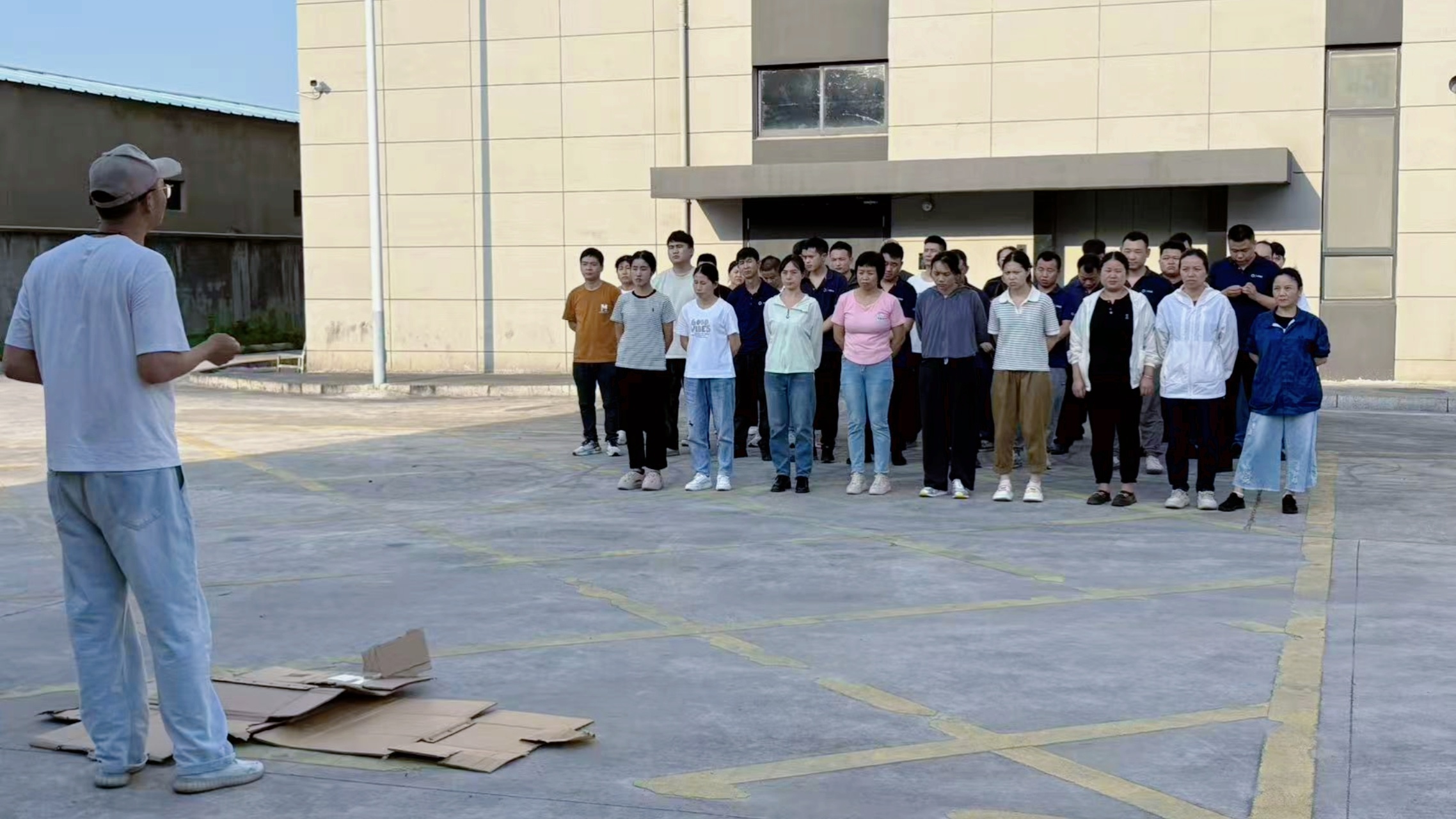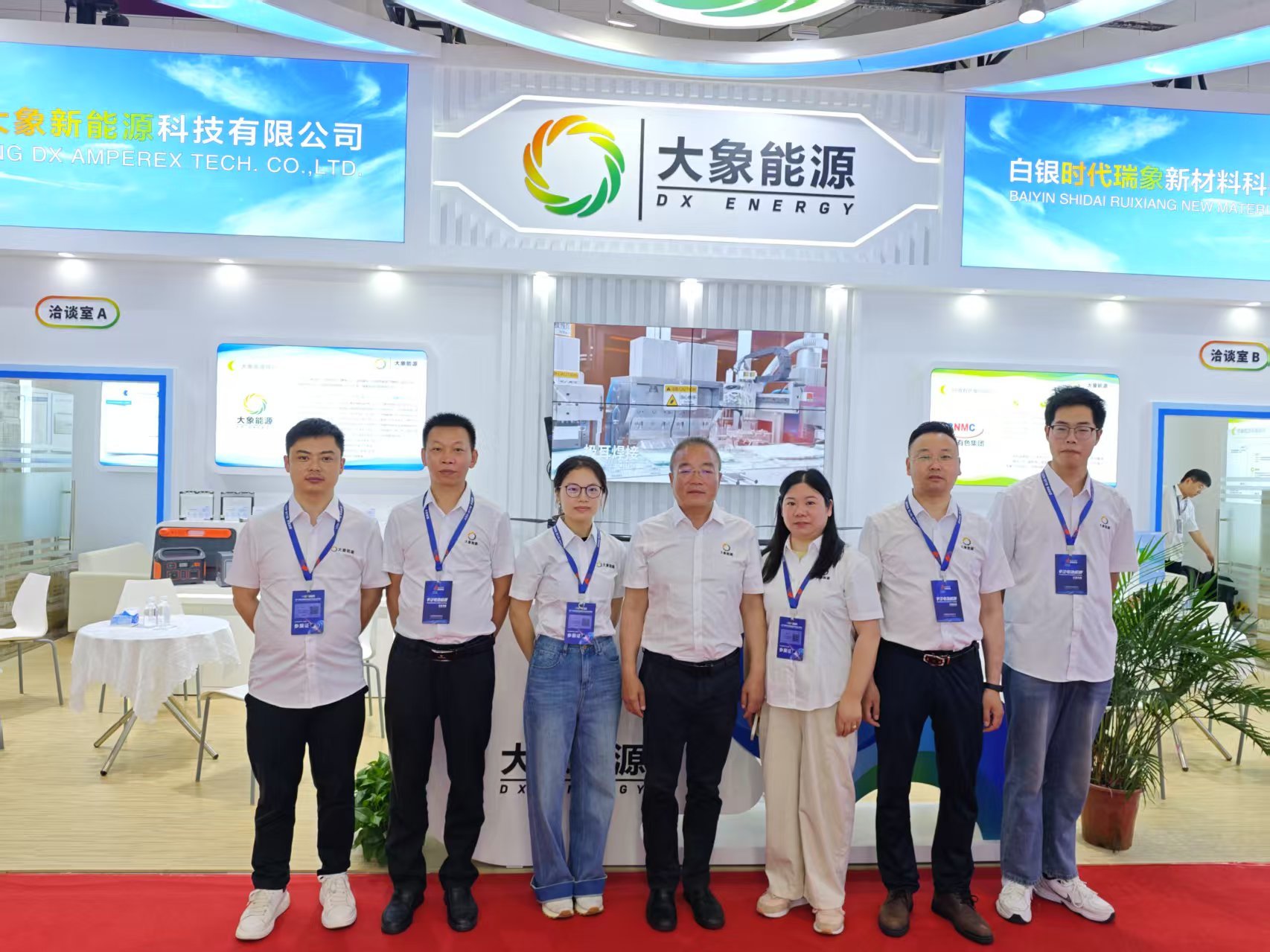In-depth analysis of the working principle of lithium-ion batteries
Publish Time:
2025-04-23
Recently, the working principle of lithium-ion batteries has attracted much attention. With the rapid development of electric vehicles, wearable devices, and other fields, lithium-ion batteries are favored for their high energy density and long lifespan. So, how exactly do lithium-ion batteries work? This article will reveal their mystery.
I. Overview of Lithium-ion Batteries
A lithium-ion battery is a secondary battery whose working principle is based on the movement of lithium ions between the positive and negative electrodes to complete the charging and discharging process. The core components of this battery include the positive electrode, negative electrode, electrolyte, and diaphragm. The positive electrode material usually uses lithium metal oxide, while the negative electrode mostly uses graphite or other carbon materials. The diaphragm is a key component that isolates the positive and negative electrodes, preventing direct contact and short circuits. The electrolyte is responsible for transferring lithium ions between the positive and negative electrodes.
II. Working Principle of Lithium-ion Batteries
During the charging process, lithium ions detach from the positive electrode and migrate to the negative electrode through the electrolyte. At this time, electrons also reach the negative electrode through the external circuit, forming a current. Discharging is the opposite; lithium ions return from the negative electrode to the positive electrode, and electrons generate electricity through the external circuit. This process is essentially a chemical reaction that completes the storage and release of electrical energy through the migration of lithium ions and the flow of electrons.
Specifically, during charging, the external power supply applies a voltage to the battery, and lithium ions detach from the positive electrode material, passing through the electrolyte into the negative electrode. In the negative electrode, lithium ions combine with electrons to form lithium metal deposited on the surface of the negative electrode. During the discharge process, due to the accumulation of electrons and lithium ions in the negative electrode, electrons flow to the positive electrode through the external circuit, and lithium ions also migrate to the positive electrode through the electrolyte. In the positive electrode, lithium ions combine with electrons to form a compound, releasing electrical energy for use by external devices.
III. Roles of Key Components
1. Positive electrode: Provides a source of lithium ions and determines the electrochemical performance of the battery.
2. Negative electrode: Receives lithium ions and combines with them, forming the site of the electrochemical reaction.
3. Electrolyte: Acts as a medium for ion transport, ensuring the movement of lithium ions between the positive and negative electrodes.
4. Diaphragm: Isolates the positive and negative electrode materials to prevent short circuits.
IV. Advantages and Challenges of Lithium-ion Batteries
Lithium-ion batteries have the advantages of high energy density, long lifespan, and environmental friendliness. However, they are relatively expensive, and their safety poses some risks, especially under conditions of high temperature or overcharging, where thermal runaway is likely. Therefore, researchers are constantly exploring new materials and technologies to improve the performance and safety of lithium-ion batteries.
V. Conclusion
The working principle of a lithium-ion battery is a complex chemical reaction process involving the synergistic action of multiple key components. With the advancement of technology, lithium-ion batteries are increasingly widely used in electric vehicles, electronic products, and other fields. In the future, we expect more technological innovations to further improve the performance and safety of lithium-ion batteries, bringing more convenience to human life.
In short, the working principle of lithium-ion batteries is a topic worthy of in-depth study. By understanding its internal structure and reaction mechanism, we can better utilize this efficient energy storage technology to promote the development and application of green energy.
Summary: Delivering reliable emergency start-ups for local drivers through unmatched cold-weather performance and stability.
2025-11-01
DX AMPEREX Fire Drill: Safety is no small matter, prevention is better than cure
Summary: To further enhance the fire safety awareness of all employees and improve their emergency escape and self-rescue capabilities,DX AMPEREX conducted a fire emergency drill on June 17th to ensure that every employee masters fire safety knowledge and remains calm in critical moments!
2025-07-07
Summary: From May 15th to 17th, the 17th China International Battery Fair (CIBF2025) was grandly held at the Shenzhen International Convention and Exhibition Center. DX AMPEREX Energy showcased its manganese-based high-rate battery at the exhibition, attracting widespread attention.
2025-05-21








